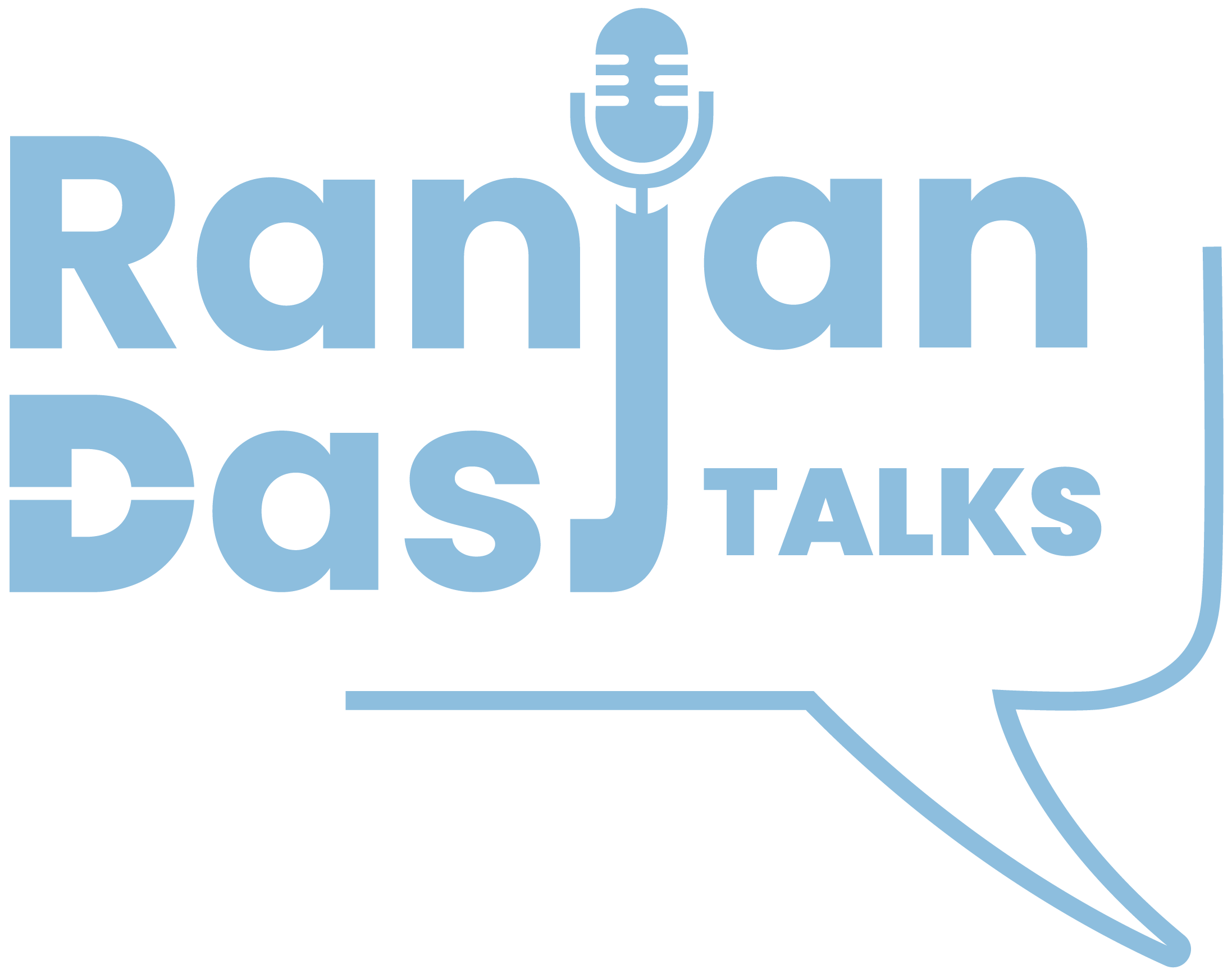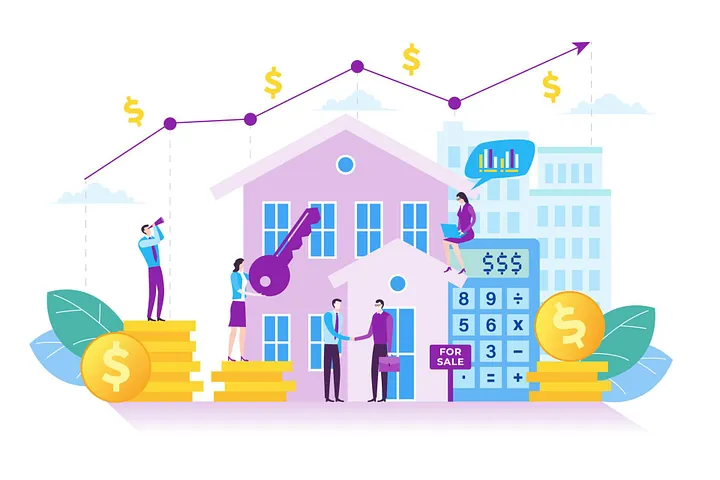
Blog
India’s Infrastructure Development: A Decade of Progress and Investment Opportunities
Over the past ten years, India has made significant expenditures in infrastructure development as the government prioritises this industry as a crucial engine of economic growth.

Ranjan Das
· Posted: 2023-07-31
Posted: 2023-07-31

Over the past ten years, India has made significant expenditures in infrastructure development as the government prioritises this industry as a crucial engine of economic growth. To support infrastructure growth, a number of programmes have been implemented, including the National Infrastructure Pipeline (NIP), Make in India, and the production-linked incentives (PLI) programme. Let’s look at the developments made in the many areas of infrastructure development throughout this time.
Roads and Highways:
From Rs. 33.31 thousand crores in 2014–15 to Rs. 2.70 lakh crore in 2022–23, the budgetary allotment for roads and highways has increased by an impressive 8 times. Compared to roughly 12 km per day in 2013–2014, the rate of highway construction has increased to a record high of about 37 km per day in 2021. Additionally, since 2014, the overall length of National Highways has grown by more than 66%, rising from around 91.3 thousand km to more than 1.44 lakh km as of December 2022. India has set a goal of building 60 km of motorways every day and is actively seeking investment in its road and highway infrastructure.
Railways:
With over 85% of the broad gauge network already electrified, Indian Railways has made impressive strides in electrifying its train system. India’s most populous state, Uttar Pradesh, attained 100% electrification in 2023. A major objective is the development of the railway infrastructure, and the India Investment Grid acts as a comprehensive site exhibiting potential in this industry. Additionally, by loading more than 1,400 million tonnes of freight in 2021–2022, Indian Railways marked an important milestone. Another area of attention is station reconstruction, with 45 stations now undergoing refurbishment at various phases. Currently, the IIG site offers approximately 750 projects to potential investors in this industry.
Metro Rail:
The operational metro network has been significantly expanded across India by the government. By 2023, there will be 20 cities with operating metro networks, up from 5 in 2014. As of August 2022, there were 775 km of completed metro lines, and another 1,000 km were still being built. The development of urban infrastructure must include urban transit, and the IIG site now provides investors with over 50 options in this area.
Civil Aviation:
The UDAN (Ude Desh ka Aam Nagrik) initiative, which aspires to meet the expectations of the ordinary man, has concentrated on improving air connectivity in tier II and III cities. Over 1 crore people (as of December 2022) would benefit from the 467 UDAN routes that presently connect 70 underserved or unserved airports, including heliports and water aerodromes. 148 airports have also been operationalized by the government, with an emphasis on enhancing connectivity in the northeast. The Government of India has made investments in civil aviation infrastructure a top priority in order to broaden the reach of civil aviation throughout the nation.
Ports, Shipping, and Inland Waterways:
When compared to 2013–14 (16.09 million tonnes), the amount of goods handled across inland waterways is expected to increase by over seven times in 2021–22 (108.79 million tonnes). There are now 111 waterways in the nation overall, comprising 106 new waterways and 5 older ones. Additionally, the average port turnaround time dropped from 96 hours in 2014–15 to 52.80 hours in 2021–22. The average turnaround time for containers at major ports has also decreased, going from 35.21 hours in 2014–15 to 27.22 hours in 2021–22. Through the development of investment possibilities in port, shipping, and inland waterway infrastructure as well as the reduction of turnaround times, these initiatives support the goal of boosting India’s logistics industry.
Multi-Modal Infrastructure:
India has actively built multi-modal infrastructure to boost connectivity and the effectiveness of its logistics system. The nation has eased seamless movement of products and passengers by integrating various means of travel including road, rail, air, and waterways, enabling quicker and more affordable mobility. The project known as the Dedicated Freight Corridor (DFC) is a great illustration of this strategy. The DFC project intends to provide a seamless transportation network particularly created for freight movement, lowering transit time, enhancing dependability, and expanding freight transportation capacity. It does this by combining rail, roads, and inland waterways.
Fox&Angel, an innovative and dynamic phygital consultancy ecosystem, offers a game-changing edge to brands in the field of infrastructure. With their unrivalled understanding of the Indian market and a collaborative panel of industry experts, Fox&Angel is poised to revolutionise the way infrastructure brands establish and expand their presence in India. By harnessing their profound knowledge and expertise, Fox&Angel delivers strategic guidance, market insights, and customised solutions that navigate the intricate landscape of the infrastructure sector. By teaming up with Fox&Angel, infrastructure brands gain access to a wealth of resources, seize untapped opportunities, conquer challenges, and propel their growth with unwavering confidence in the Indian market.
Marketing is everything, products are
woven around it.